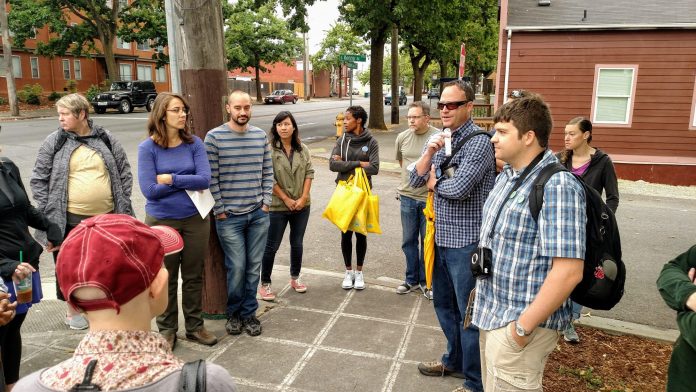Last Monday evening a person trying to bike across Rainier Avenue was hit and killed by a driver who fled the scene, as the Seattle Bike Blog recounted. Advocates have been pressing the city to make changes to Seattle’s most dangerous street for a long time. The event has finally spurred the Seattle Department of Transportation (SDOT) to announce a set of interim changes that may have a small impact, and also that it is moving up the rechannelization of the southern end of the corridor to this year.
Dubbed Phase 2, Rainier Avenue through Rainier Beach was supposed to be next in line for a street rechannelization in 2016 after the first Rainier Avenue rechannelization in Columbia City was completed in 2015. Changing the roadway from two lanes in each direction to one lane with a center turn lane did result in lower speeds. Speed limits were reduced to 25 mph from 30 mph, but the remainder of the corridor is still at 30 mph, with SDOT officials arguing against lowering speed limits before making design changes.
Now, on the heels of yet another life lost on Rainier, SDOT is proposing to lower speed limits on every arterial street in the Rainier Beach urban village right away. This includes not just Rainier but Seward Park Ave S, Renton Ave S, and S Henderson St. They also intend to make immediate improvements at six key intersections, improvements which vary in intensity.
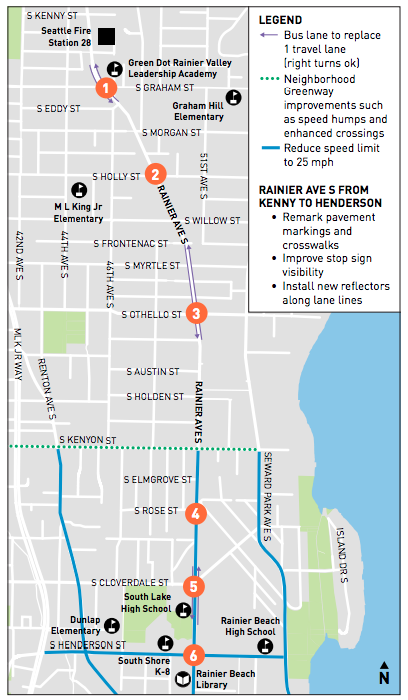
The most robust upgrade will come to Rainier Avenue and S Graham St with curb bulbs and raised crosswalks will improve crossings where the streets intersect at odd angles. For most other intersections, the improvements are less dramatic. For example, at S Othello St, the only change will be the addition of a leading pedestrian interval to give people walking a head start before people driving, as well as widened crosswalks.
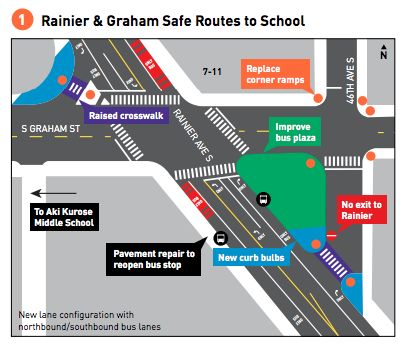
Rainier & Graham (City of Seattle) 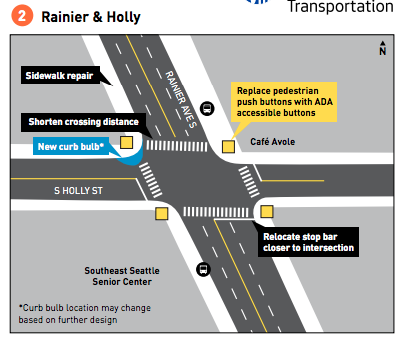
Rainier & Holly (City of Seattle) 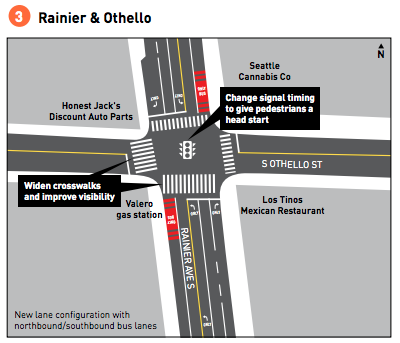
Rainier & Othello (City of Seattle) 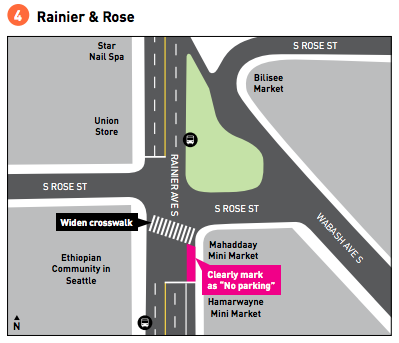
Rainier & Rose (City of Seattle) 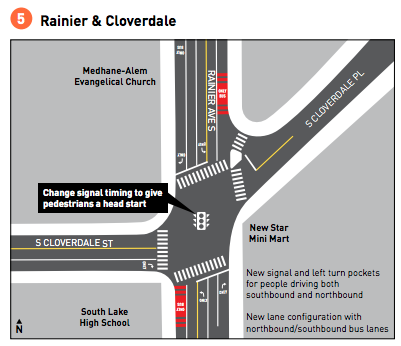
Rainier & Cloverdale (City of Seattle) 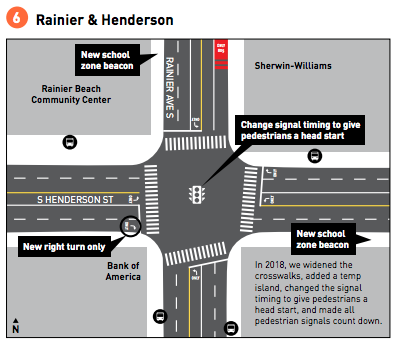
Rainier & Henderson (City of Seattle)
But the big change is that by September 1st, the city plans to begin to rechannel the segment all the way from the southern end of the 2015 rechannelization south to S Henderson St, adding a center turn lane and a northbound bus lane. Previously those improvements were planned for 2020. (The northbound bus lane will help speed the busy Route 7, which will go full RapidRide in 2024 or so.) Bus lanes in both the northbound and southbound direction will replace general purpose lanes around S Graham St, S Othello St, and S Cloverdale St.
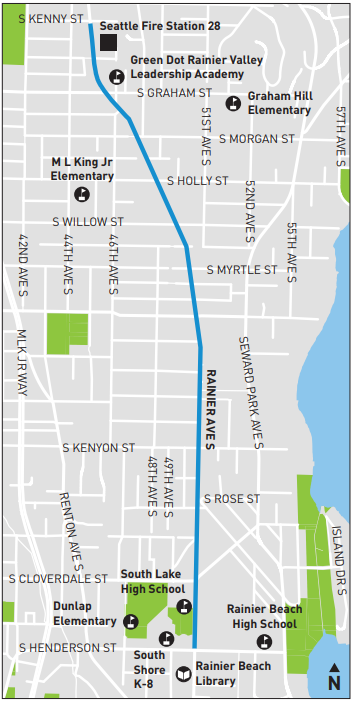
However, it doesn’t appear that SDOT will be able to fully complete the rechannelizing this year, stating in an email: “Next year, we will complete the new travel lane configuration in the sections with more complexities (e.g. includes some parking removal and requires modifications to King County Metro’s overhead trolley wires).”
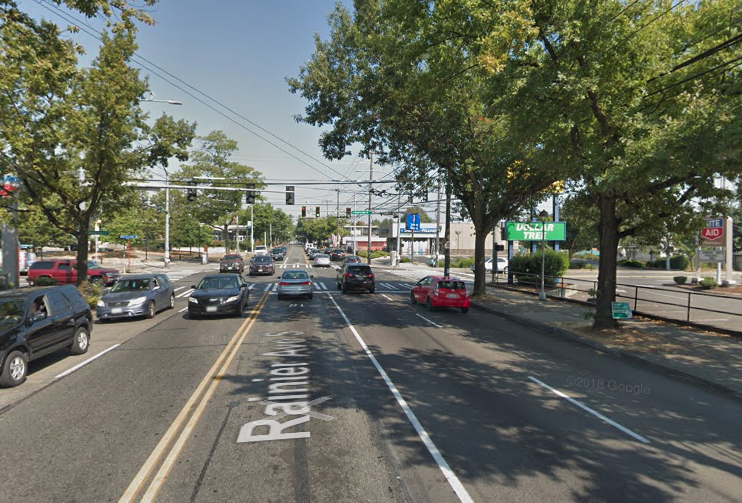
It’s unclear if that rechannelization will be robust enough to tame Rainier Avenue, and the northern segment of Rainier around I-90 remains dangerous to anyone using it. But completing it in 2019 will at least create momentum and have some impact to slow traffic, and will presumably allow SDOT to move onto Phase 3 in the north sooner. The Seattle Department of Transportation deserves credit for taking action, though it has been too late for many people whose lives have been impacted by an unsafe street design and leaders reluctant to correct it.
Update: This post has been updated to further clarify the extent of 2019 improvements.
Ryan Packer has been writing for The Urbanist since 2015, and currently reports full-time as Contributing Editor. Their beats are transportation, land use, public space, traffic safety, and obscure community meetings. Packer has also reported for other regional outlets including BikePortland, Seattle Met, and PubliCola. They live in the Capitol Hill neighborhood of Seattle.

